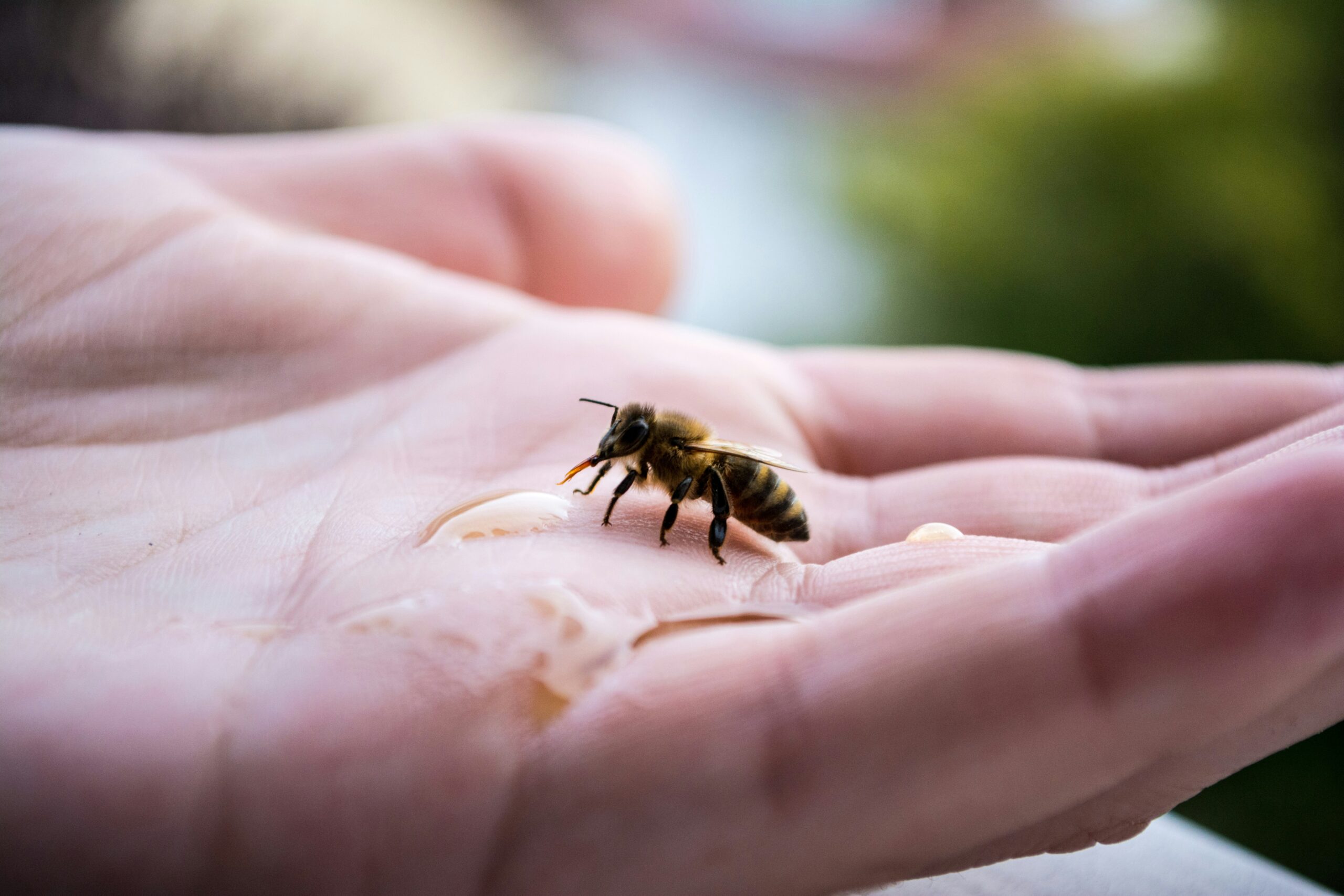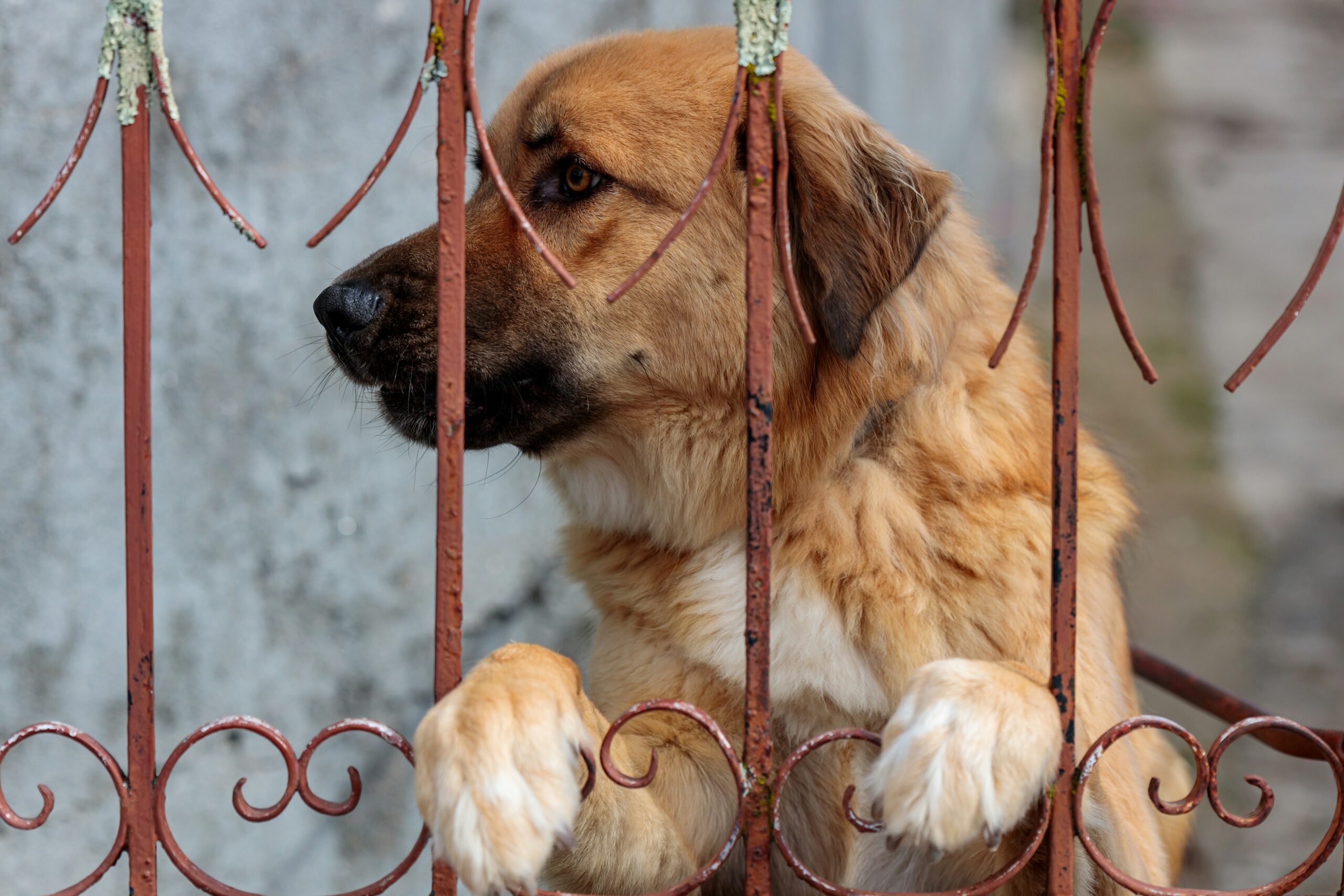Dealing with Aggression in Pets: Identifying and Addressing the Root Cause
Dealing with Aggression in Pets: Identifying and Addressing the Root Cause
Executive Summary
Pet aggression is a serious issue that can strain the human-animal bond and even pose a safety risk. This comprehensive guide explores the multifaceted nature of pet aggression, moving beyond simple solutions to delve into the root causes of this complex behavior. We’ll examine various types of aggression, explore common contributing factors like fear, pain, and territoriality, and provide practical strategies for addressing these underlying issues. This isn’t just about managing aggressive behavior; it’s about understanding and resolving the emotional and physical needs that drive it, leading to a happier, healthier relationship between you and your pet. This guide offers actionable advice and emphasizes the crucial role of professional guidance in successfully managing pet aggression.
Introduction
Aggression in pets, whether a playful nip or a serious bite, is a significant concern for pet owners. It’s rarely a simple problem with a single solution. Understanding the underlying reasons for aggressive behavior is crucial for effective management and to ensure the safety of both your pet and your family. This guide aims to equip you with the knowledge and strategies to address the root causes of aggression, fostering a harmonious and safe relationship with your animal companion. We’ll cover key factors to consider, providing clear, actionable steps to help you navigate this challenging issue.
Frequently Asked Questions (FAQs)
- Q: My dog suddenly became aggressive. What should I do immediately?
A: Immediately separate your dog from the source of the aggression and anyone it might potentially harm. Avoid punishment, as this can worsen the situation. Contact your veterinarian or a certified professional dog trainer immediately for guidance and to rule out any underlying medical conditions.
- Q: Is aggression in cats different from aggression in dogs?
A: Yes, while both cats and dogs exhibit aggression, the triggers and expressions can differ. Cats might hiss, swat, or bite, often demonstrating subtle warning signs before escalating. Dogs might show more overt signs, such as barking, growling, lunging, and biting. Understanding the species-specific communication signals is key to effective intervention.
- Q: How can I prevent aggression in my pet?
A: Prevention is key! Early socialization, proper training, consistent handling, and addressing potential anxieties or fears from a young age can greatly reduce the likelihood of aggressive behaviors developing. Regular veterinary check-ups to rule out pain or illness are equally crucial.
Fear-Based Aggression
Fear-based aggression is a common cause of aggressive behaviors in pets. Animals experiencing fear may resort to aggression as a self-preservation mechanism. Understanding and addressing the underlying fears is essential for effective management.
- Identify triggers: Pinpoint the situations or stimuli that trigger your pet’s fear (loud noises, unfamiliar people, specific objects). Keeping a detailed log can be helpful.
- Desensitization and counter-conditioning: Gradually expose your pet to their fear triggers at a distance and intensity that doesn’t cause a response. Pair exposure with positive reinforcement (treats, praise).
- Safe spaces: Create a safe, quiet haven where your pet can retreat when feeling overwhelmed or stressed.
- Professional help: A certified veterinary behaviorist or certified professional dog trainer can provide personalized strategies and support.
- Medication: In some cases, medication may be necessary to manage severe anxiety and fear.
- Positive reinforcement training: Focus on rewarding calm behavior, building your pet’s confidence, and associating positive experiences with the feared stimuli.
Pain-Related Aggression
Pain can significantly influence a pet’s behavior, often leading to aggression. Uncomfortable animals might bite or snap when touched or approached due to their discomfort. This is not malicious, but a reaction to pain.
- Veterinary examination: A thorough veterinary check-up is crucial to identify any underlying medical conditions causing pain.
- Pain management: Appropriate pain medication prescribed by your veterinarian can help alleviate discomfort and reduce aggressive behaviors.
- Careful handling: Avoid handling areas that might be painful for your pet.
- Patience: Remember that your pet’s aggression is often a direct result of pain, and patience and understanding are vital during recovery.
- Modify the environment: Make accommodations to reduce any physical strain or discomfort your pet might experience.
- Targeted physical therapy: In some instances, physical therapy can help address underlying musculoskeletal issues.
Territorial Aggression
Many pets exhibit territorial aggression, defending their perceived space or belongings. This can manifest as aggression towards other animals or even people entering their territory.
- Define boundaries: Establish clear boundaries and spaces that are solely your pet’s. Ensure your pet has access to safe havens.
- Controlled introductions: Gradually introduce your pet to other animals or people in a controlled, safe environment.
- Positive reinforcement: Reward calm behavior during introductions and when your pet exhibits appropriate behavior near boundaries.
- Management techniques: Use physical barriers (baby gates, crates) to manage interactions and prevent escalation.
- Scent marking: Familiar scents can help alleviate anxiety.
- Professional guidance: Seek advice from a behaviorist or trainer to develop tailored strategies.
Possessive Aggression
Possessive aggression occurs when a pet becomes aggressive when protecting their resources, such as food, toys, or even people. This is a protective behavior often rooted in fear of losing valued possessions.
- Resource management: Ensure your pet always has access to sufficient resources, minimizing competition.
- Controlled feeding: Feed pets separately, preventing competition over food.
- Positive reinforcement training: Reward your pet for relinquishing possessions voluntarily.
- Counter-conditioning: Slowly associate the presence of other animals or people with positive experiences near valuable items.
- Management strategies: Use barriers to prevent access to resources when other pets or people are around.
- Desensitization: Gradually expose your pet to other animals or people near valued items at a distance and intensity they can manage.
Dominance Aggression
Dominance aggression is often misunderstood and misused. While it can exist, its prevalence is frequently overstated. Often, other forms of aggression are mislabeled as dominance aggression. True dominance aggression involves asserting control through aggressive displays.
- Careful observation: Clearly identify the behaviors and triggers for aggression. Don’t assume dominance is the cause without considering other factors.
- Consistent leadership: Provide clear and consistent leadership through positive reinforcement training, but avoid aggressive punishment.
- Establish clear rules and boundaries: Use positive reinforcement to teach your pet acceptable behaviors.
- Minimize conflict: Manage resources effectively to avoid competition.
- Seek professional guidance: Consult a certified professional dog trainer or veterinary behaviorist for personalized advice.
- Positive reinforcement-based training: This is crucial; avoid punishment-based methods, which can exacerbate aggression.
Conclusion
Successfully addressing aggression in pets requires a holistic approach that considers the underlying causes, not just the surface-level behavior. Understanding that aggression is often a communication of fear, pain, or insecurity is the first step toward effective management. This guide provides valuable strategies, but remember that each pet is unique. Professional guidance from a veterinary behaviorist or certified professional dog trainer is invaluable for developing a personalized plan tailored to your pet’s specific needs and circumstances. Remember that patience, consistency, and a commitment to positive reinforcement are crucial components of successfully modifying aggressive behaviors and creating a safe and harmonious environment for both your pet and your family. Patience and consistency are key. The journey may be challenging, but the reward of a calm and well-adjusted pet is well worth the effort.
Keyword Tags
Pet aggression, dog aggression, cat aggression, fear-based aggression, veterinary behaviorist














